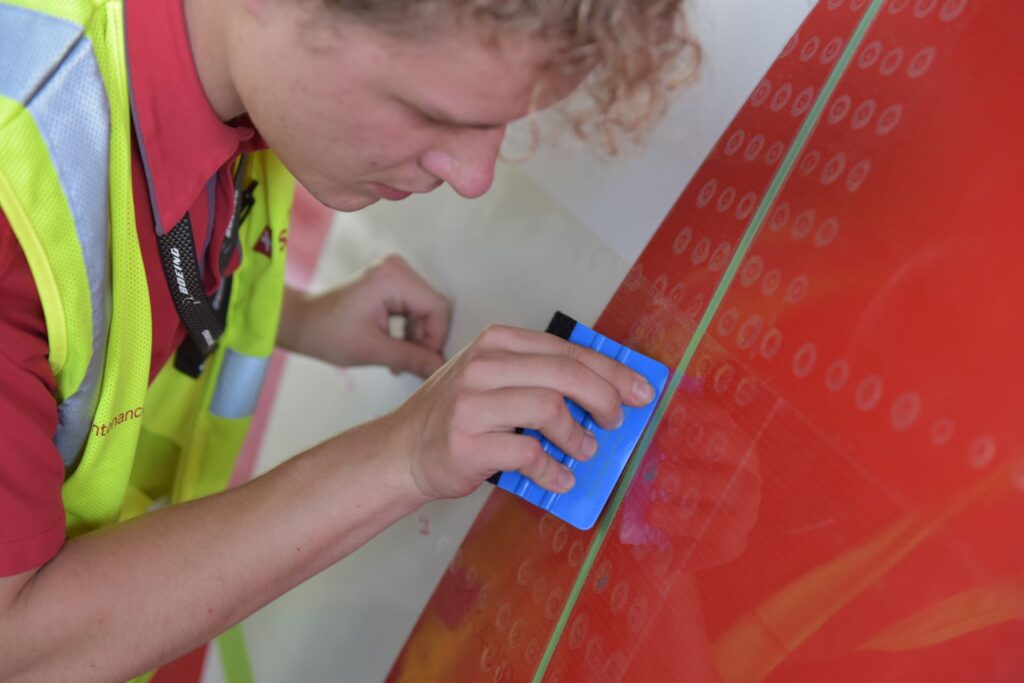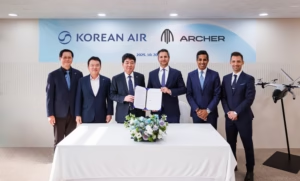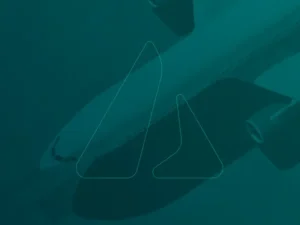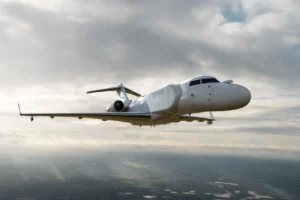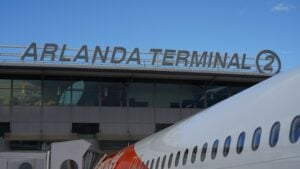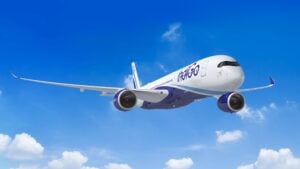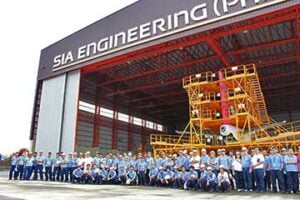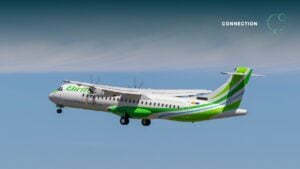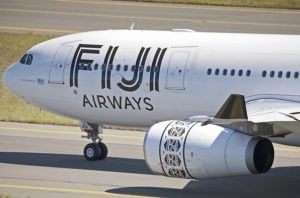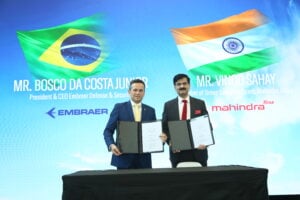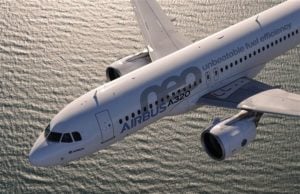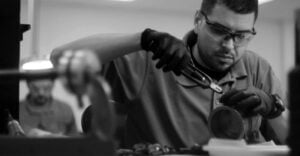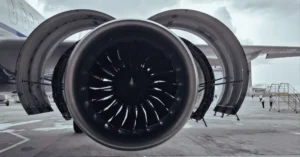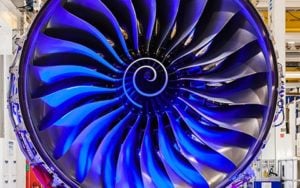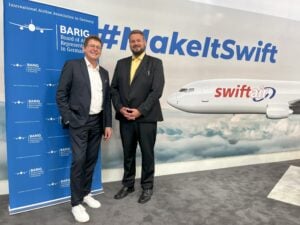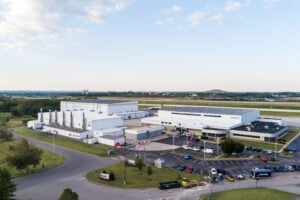Over the past one and a half years, SWISS International Air Lines (SWISS) has equipped its entire Boeing 777-300ER fleet with AeroSHARK, the sharkskin technology from Lufthansa Technik and BASF. The AeroSHARK surface film mimics the flow-optimising characteristics of sharkskin. Applied to the fuselage and engine nacelles, it reduces drag during flight, promoting lower fuel consumption and lower CO₂ emissions. All twelve modified Boeing 777 aircraft have been in service with SWISS since this month. This marks the first time the entire Boeing long-haul fleet of an airline has been optimised with this new technology.
AeroSHARK recreates the drag-reducing features of sharkskin. Thanks to the special surface structure, which consists of fine riblets about 50 micrometres wide, the aerodynamics of the aircraft are optimised and drag during flight is reduced by about one percent. Consequently, less fuel is required, and emissions are reduced. With its gradually upgraded fleet, SWISS saved over 2,200 tonnes of kerosene and reduced emissions to around 7,100 metric tonnes of CO₂ in 2023. The last remaining aircraft, registered HB-JNF, was fitted with AeroSHARK at the beginning of this month.
“We are very pleased with the results that we have achieved with AeroSHARK to date,” said Claus Bauer, SWISS’s Head of Technical Fleet Management.
The implementation of AeroSHARK followed years of research and development by Lufthansa Technik and the chemical company BASF. At the end of 2022, the European Aviation Safety Agency (EASA) granted Lufthansa Technik approval for the series conversion of two Boeing 777 aircraft types with AeroSHARK after an extensive examination process. A total of 17 Lufthansa Group aircraft have already been modified with AeroSHARK, and the number is growing. Lufthansa Technik and BASF intend to continue developing AeroSHARK for other aircraft types and larger areas to support airlines worldwide in achieving their emission targets.

